Flanges are collar or ring, usually holed for bolts, and welded or screwed at the end of the pipe or tube to allow objects to get attached to it. These pipes are used in construction zones, pipeline, and plumbing.
They can adapt to any specific need of a project to be more useful. For instance, the flange can be removed or changed to accommodate the new pipeline channel. These pipes are valuable because they reinforce pipes and make them stronger than on their own.
The common types of flanges:
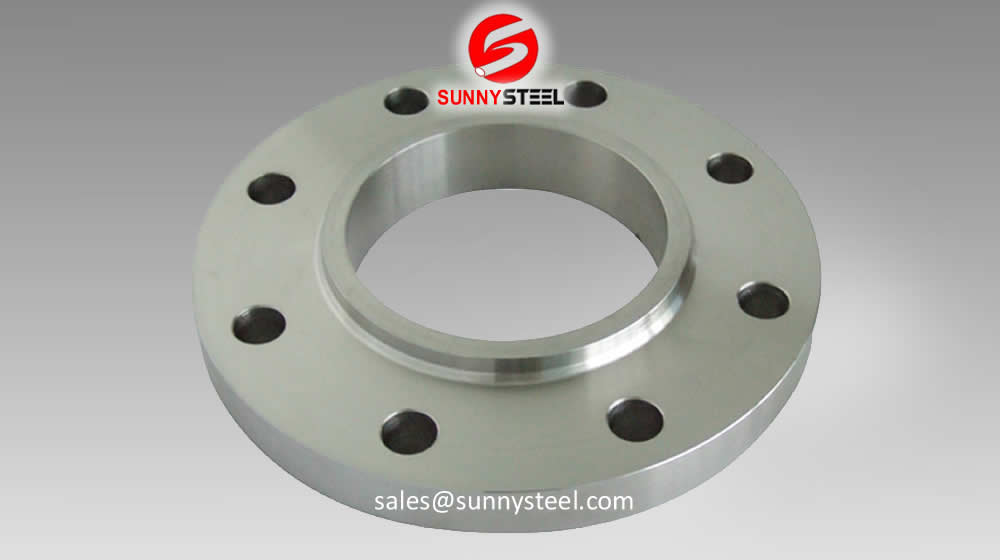
This type is famous for its normal conditions because they easily fit-up an alignment and the extent of its permissible tolerance in length.
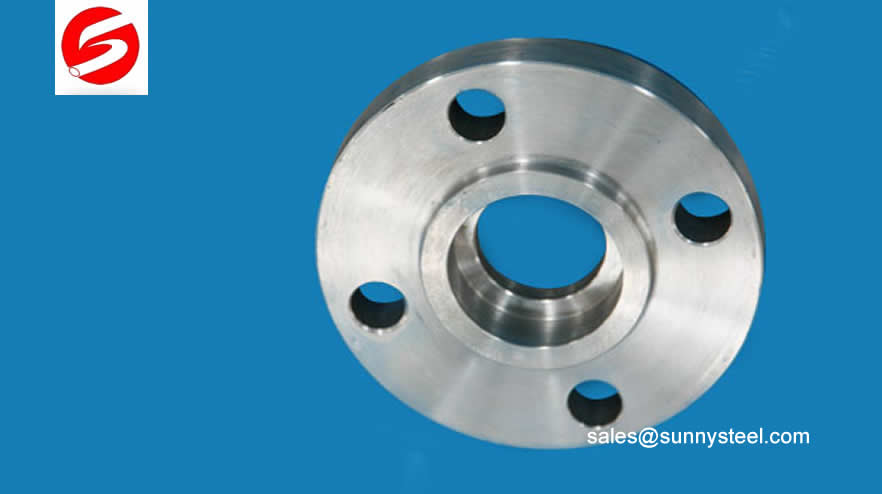
Are widely used for moderate services, especially in small sizes, due to its little alignment problem and ease to fit-up. However, they are welded at the flange hub. You can also wed the may and pole without refacing the flange.
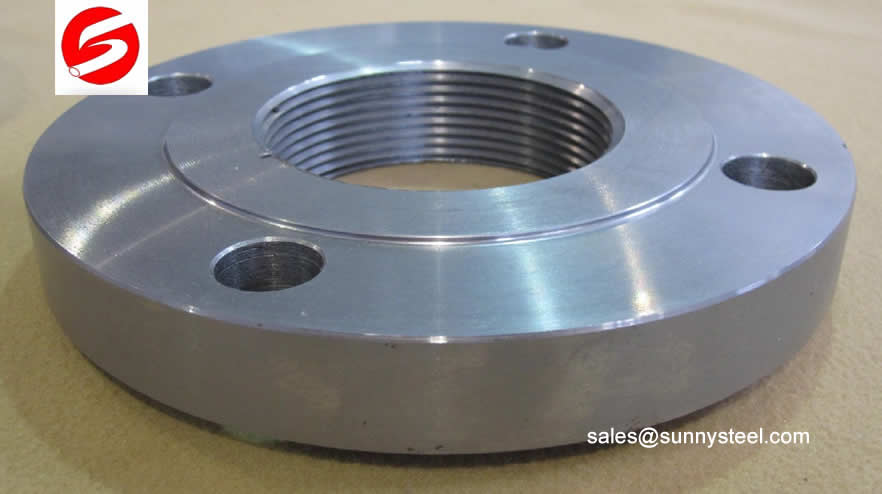
This type is used for assembling non-welded equipment. This is because both flange and pipe can be salvaged while dismantling. The pipe threads assure extremely, strong tight joints.
It can easily be installed in a pre-existing piping. Has two interlocking pieces that securely fit together using bolts and nuts. Because of its two parts, they are used in reinforcing vulnerable areas and do what conventional flanges cannot do.
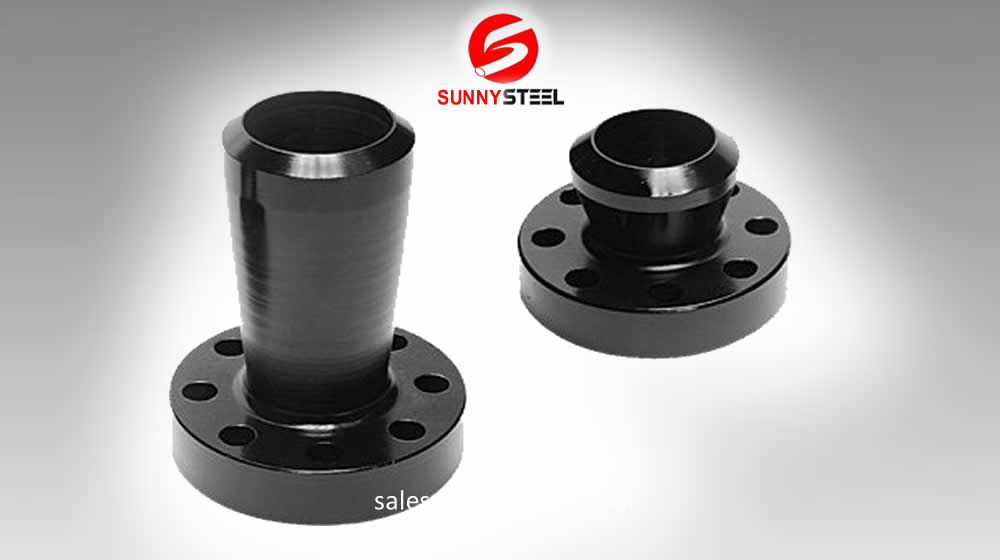
This is a welding neck-pipe flange used to increase the size of a pipe at its connection. They are the cost-effective alternative to using reducer-welding neck combination of flanges.
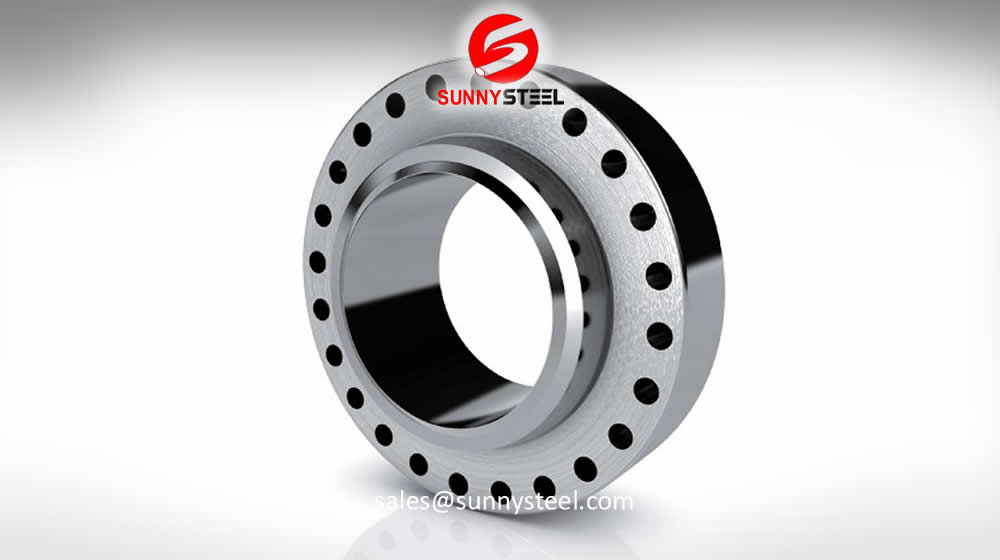
These flanges are used high pressure industrial flange to anchor pipes when crossing ravines or streams. They are made of a piece of steel put into a special holder that pulls the support when the pipeline is resting the load.
They contain axial thermal expansion. They are used at points and crossings with changes in pipeline direction.
Requirements are valid for normal case, in special case you have to contact the technical department.
Below you will find a short description and definition of each type, completed with an detailed image.
Our team is highly trained and experienced in servicing and producing all types of steel supplies.
